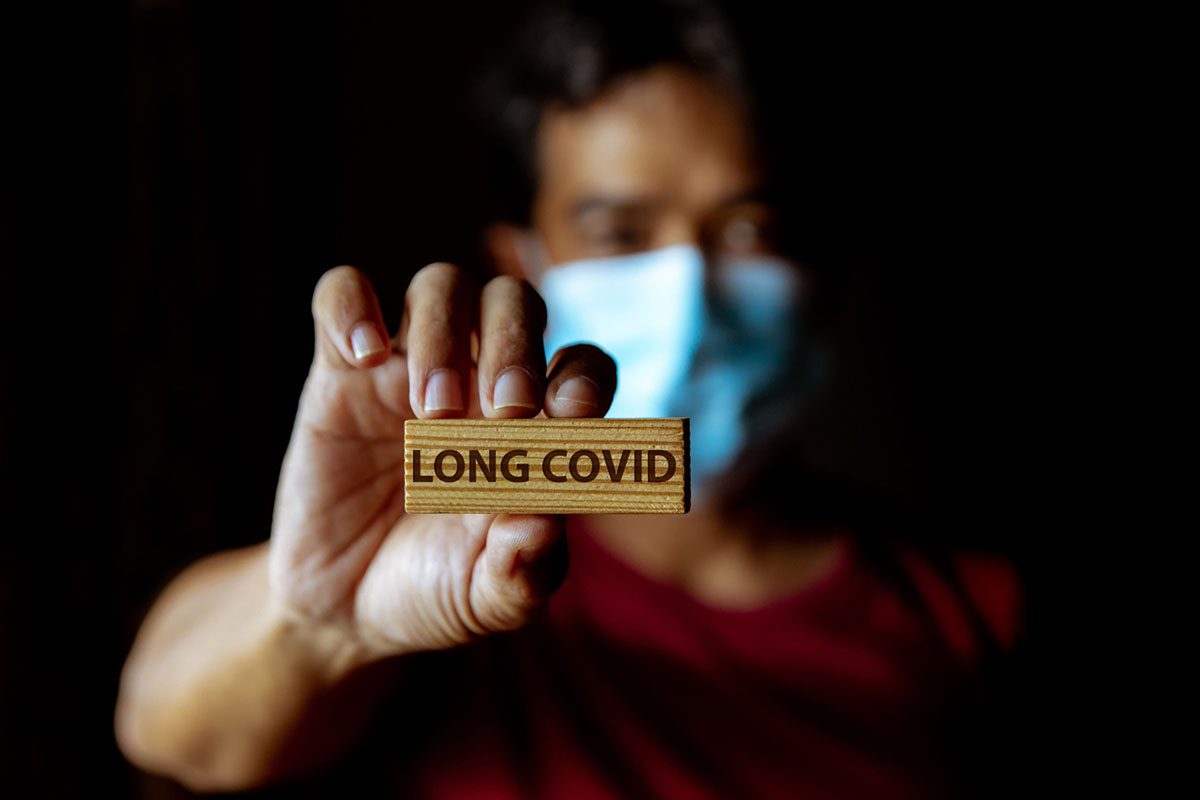See article by Zimmerman et al and reply by Zimmerman et al
J Clin Psychiatry 2021;82(5):21lr14037
To cite: Renn BN, Chu F, Zaslavsky O. Telemental health after COVID-19: understanding effectiveness and implementation across patient populations while building provider acceptance are the next steps. J Clin Psychiatry. 2021;82(5):21lr14037.
To share: https://doi.org/10.4088/JCP.21lr14037
© Copyright 2021 Physicians Postgraduate Press, Inc.
aDepartment of Psychology, University of Nevada, Las Vegas, Nevada
bSchool of Nursing, University of Washington, Seattle, Washington
*Corresponding author: Brenna N. Renn, PhD, Department of Psychology, University of Nevada, Las Vegas, 4505 South, Maryland Pkwy, MS 5030, Las Vegas, NV 89154-5030 ([email protected]).
To the Editor: Given the rapid adoption of telemental health (TMH) during the COVID-19 pandemic, we were enthusiastic to read Zimmerman and colleagues’1 recent work. They found significant clinical and functional improvements among 207 partial hospitalization patients receiving TMH. Perhaps just as important from an implementation perspective, TMH resulted in high levels of patient satisfaction and treatment adherence.
Although TMH has long been heralded as a way to improve access to services, widespread adoption lagged prior to COVID-19. The work of Zimmerman et al1 established the preliminary effectiveness and patient acceptability of such treatment, even in an intensive psychiatric setting. However, providers are a key stakeholder group who have traditionally limited adoption of TMH with attitudinal barriers, including concerns about ability to establish therapeutic alliance, equivalent effectiveness of in-person versus TMH services, and privacy.2
As COVID-19 prompted new urgency in TMH adoption, we have studied provider attitudes and uptake of such services. Unlike Zimmerman et al,1 who focused on a partial hospitalization treatment setting, our work has centered on primary care as the de facto mental health care setting in the US. We surveyed 104 providers (n = 53 mental health providers [MHPs], n = 51 primary care providers [PCPs]) embedded in primary care clinics across the US using an online survey distributed in December 2020 by a health care market research company (details and survey available from corresponding author on request). The institutional review board deemed the study exempt. Embedded in our larger TMH survey were items asking respondents to rate which disorders they considered most and least appropriate for TMH. Descriptive statistics and χ2 tests compiled frequencies and compared differences between provider types.
Psychotic disorders were most frequently rated as the least appropriate (n = 68, 65.4%) diagnoses to treat with TMH. MHPs were more likely than PCPs to rate psychotic disorders as least appropriate (χ21, 104 = 7.68, P = .006). Almost one-third (n = 32, 30.8%) of providers rated personality disorders as least appropriate for TMH. Depressive and anxiety disorders were most frequently endorsed as the most acceptable (n = 78, 75.0%) for TMH treatment; acceptability did not differ by provider type (χ21, 104 = 0.36, P = .55).
Other TMH surveys during the pandemic3,4 suggest that the majority of providers intend to continue using TMH after the pandemic but perceived poor fit for certain populations, including patients with psychotic disorders. Providers indicated that future use of TMH would be guided by a patient’s severity of symptoms.3 Data such as those presented by Zimmerman and colleagues1 reiterate the effectiveness and acceptability of TMH, even in high acuity settings and with conditions perceived as less appropriate for TMH. Although TMH for more severe conditions (eg, psychotic disorders, personality disorders) seems promising, research on effectiveness must be coupled with a better understanding of the acceptability, appropriateness, and feasibility of such an approach for these higher acuity populations and settings. Given the potential of TMH to offset access barriers and increase service utilization, future work must then attend to provider perceptions to ensure sustainment of such services across a range of patient populations and settings.
References (4)

- Zimmerman M, Terrill D, D’Avanzato C, et al. Telehealth treatment of patients in an intensive acute care psychiatric setting during the COVID-19 pandemic: comparative safety and effectiveness to in-person treatment. J Clin Psychiatry. 2021;82(2):20m13815. PubMed CrossRef
- McClellan MJ, Florell D, Palmer J, et al. Clinician telehealth attitudes in a rural community mental health center setting. J Rural Ment Health. 2020;44(1):62–73. CrossRef
- Guinart D, Marcy P, Hauser M, et al. Mental health care providers’ attitudes toward telepsychiatry: a systemwide, multisite survey during the COVID-19 pandemic. Psychiatr Serv. 2021;s202000441. PubMed
- Sklar M, Reeder K, Carandang K, et al. An observational study of the impact of COVID-19 and the rapid implementation of telehealth on community mental health center providers. Implement Sci Commun. 2021;2(1):29. PubMed CrossRef
This PDF is free for all visitors!





